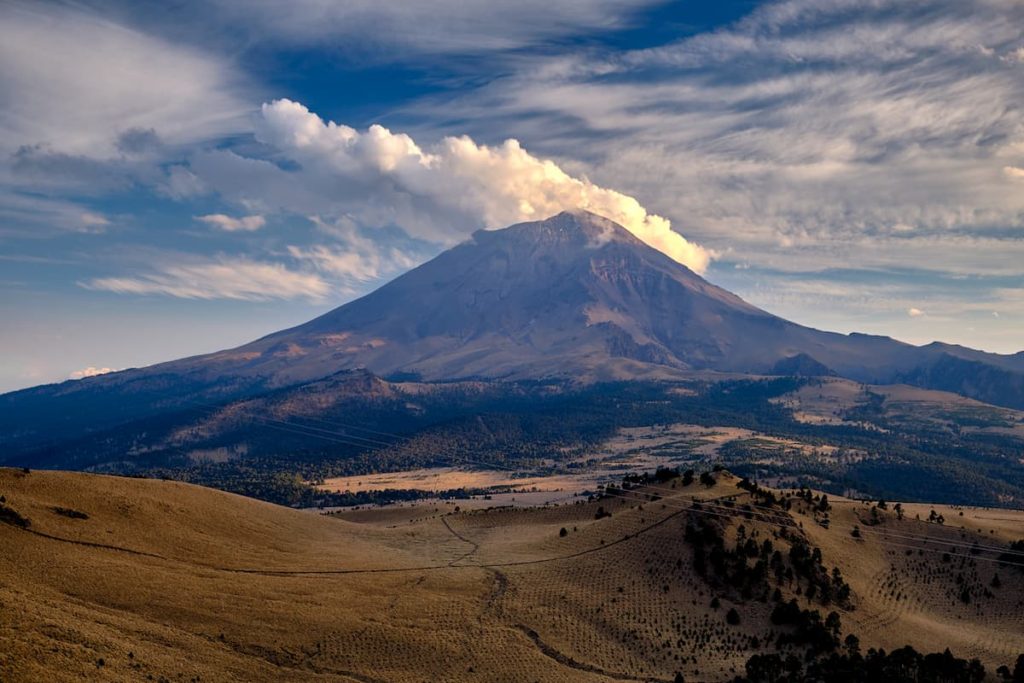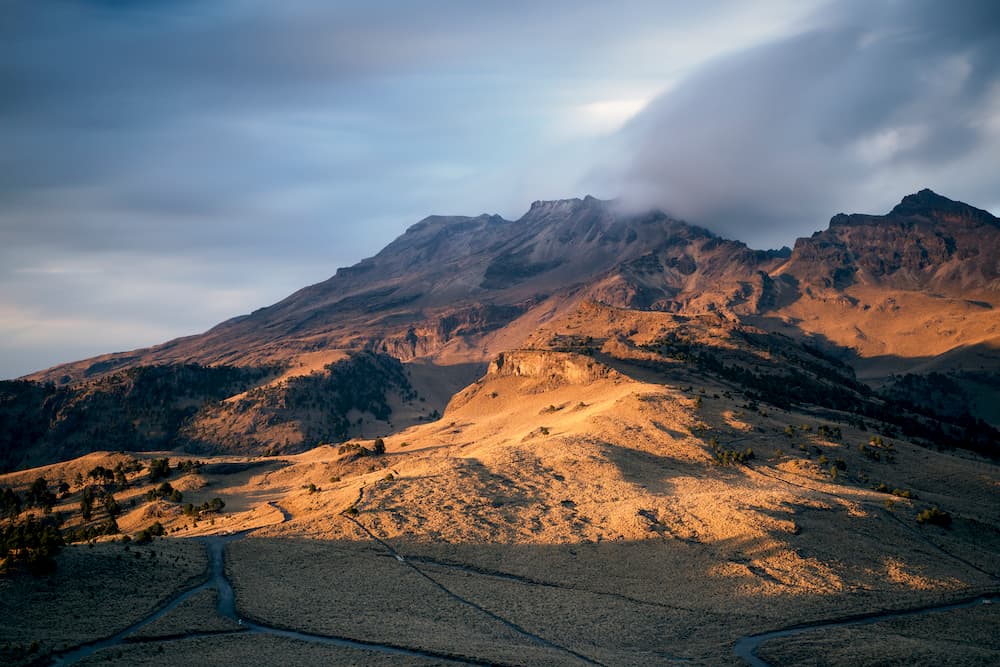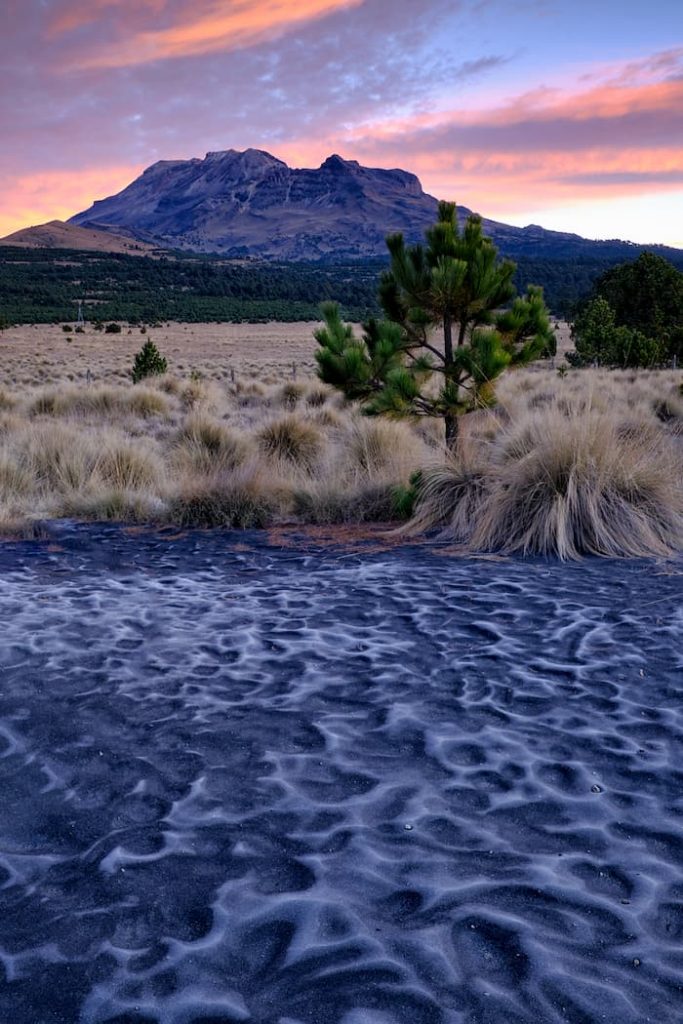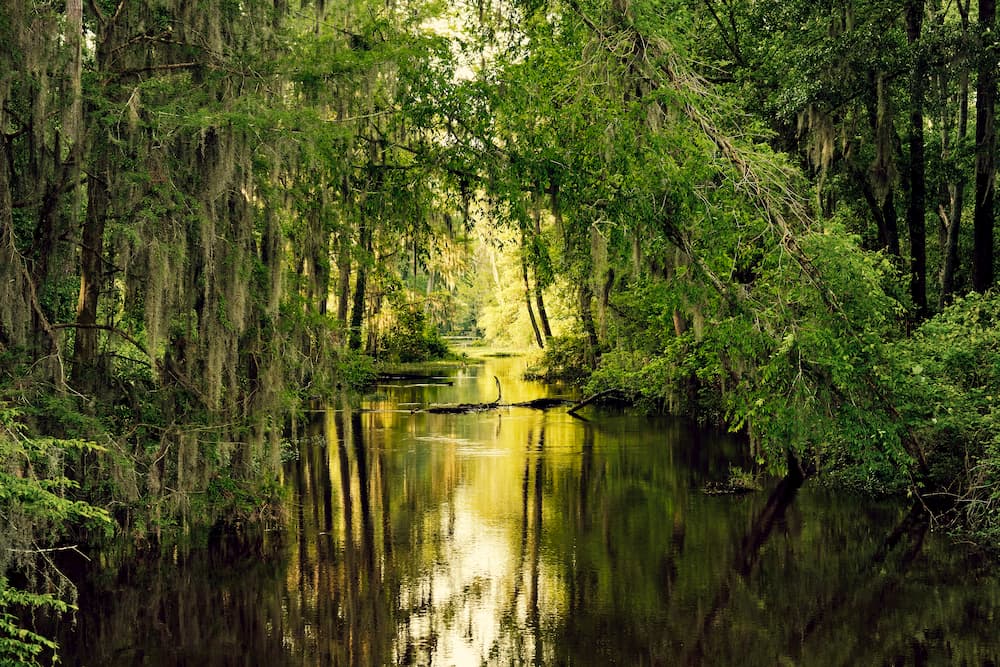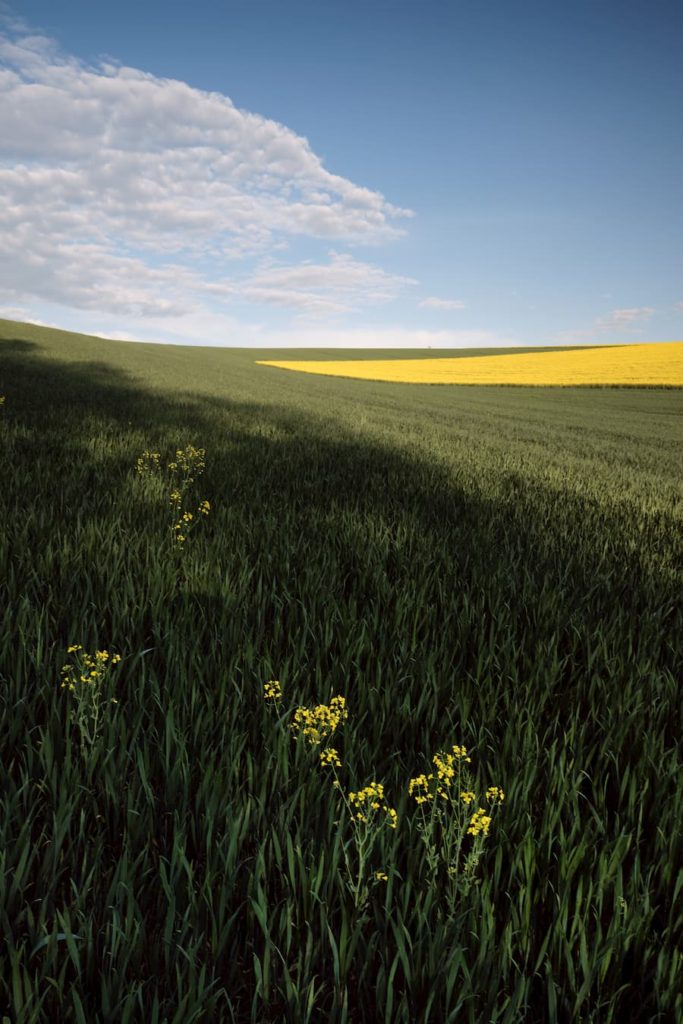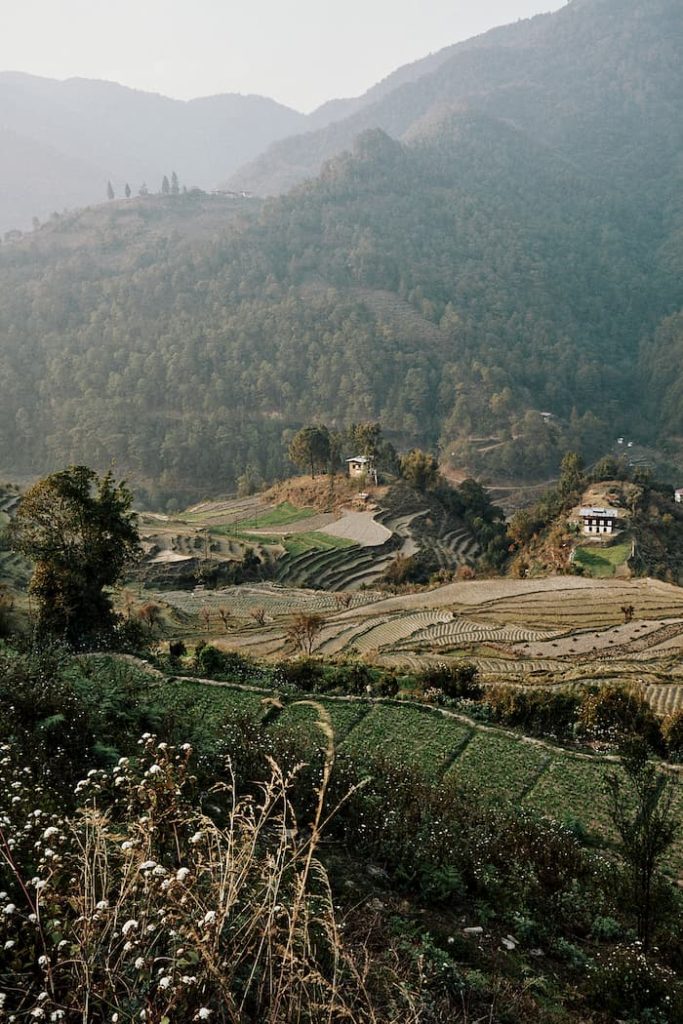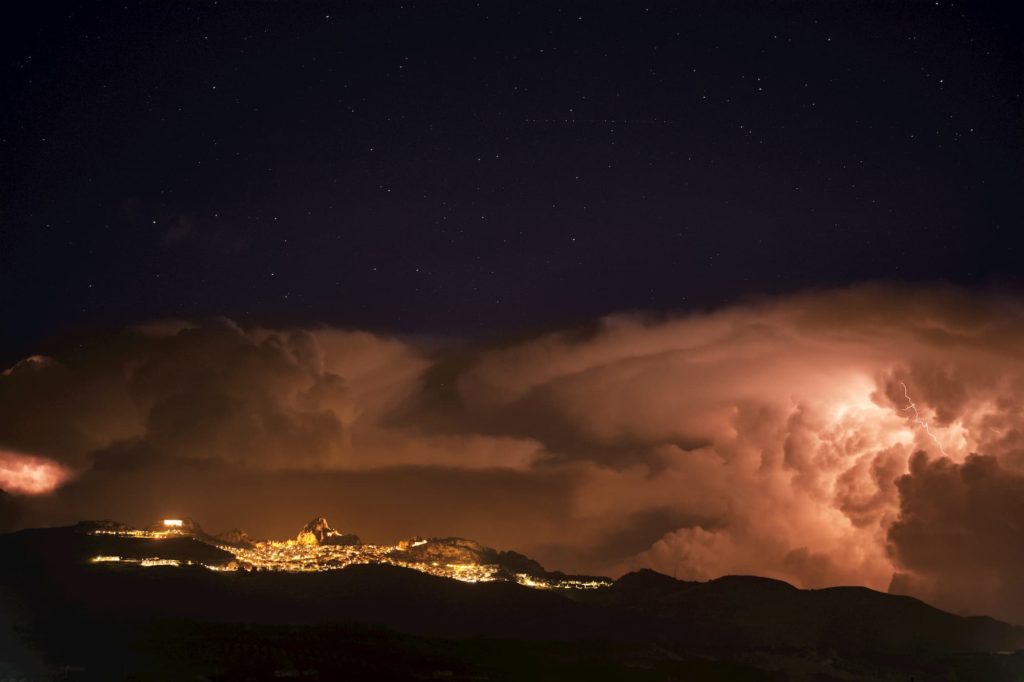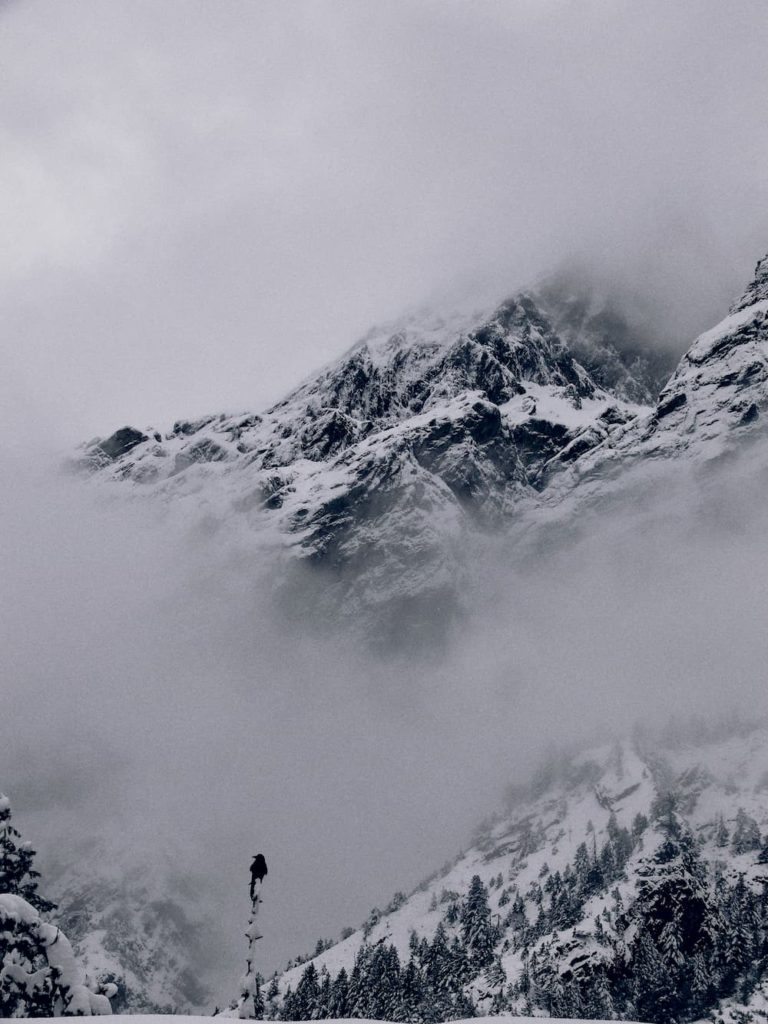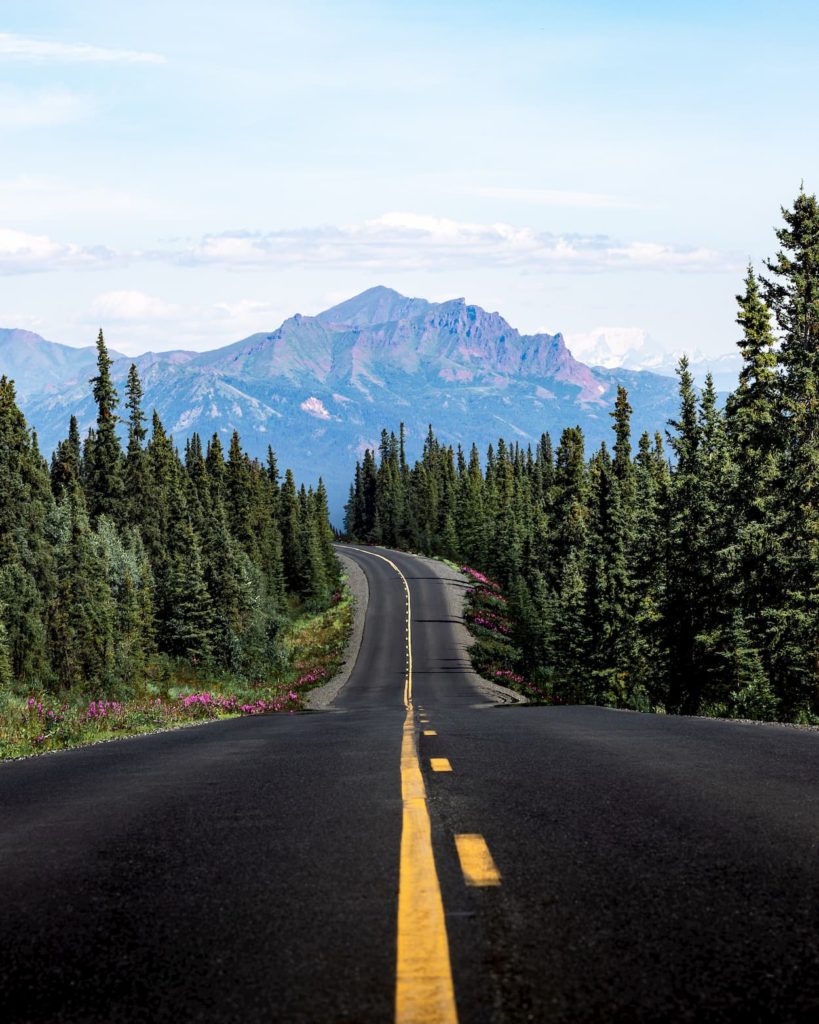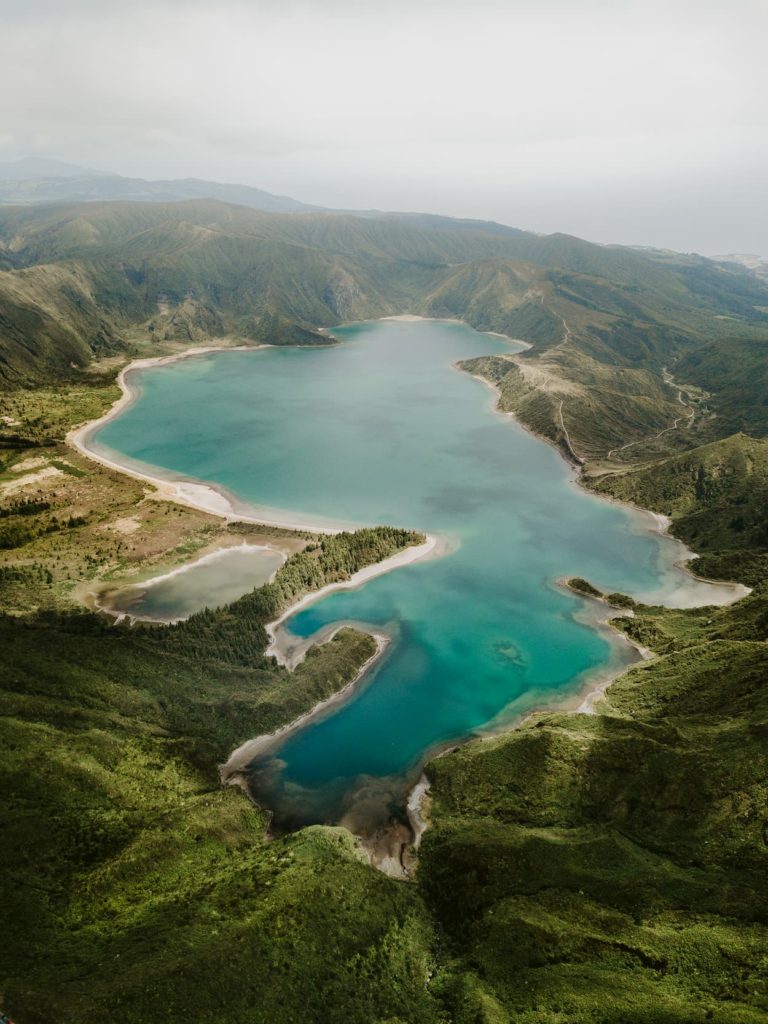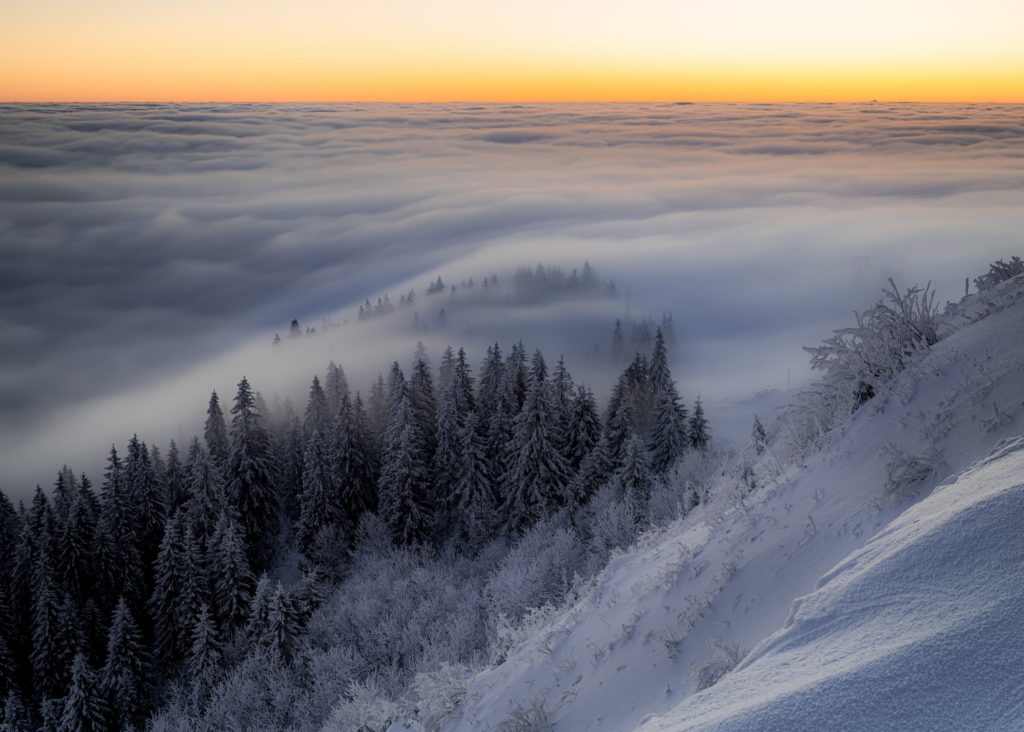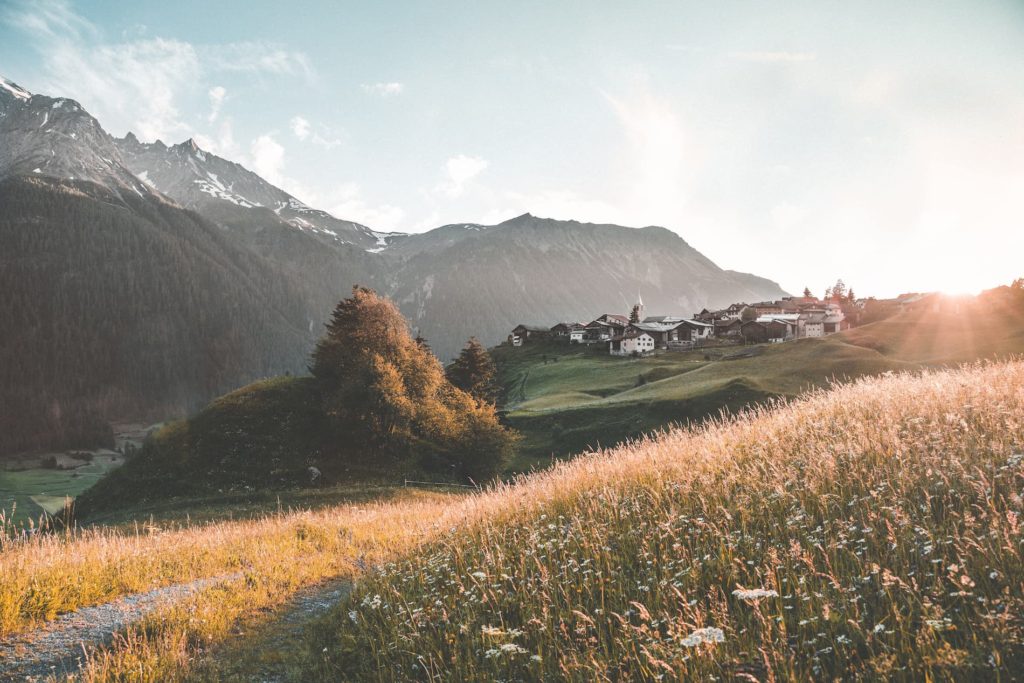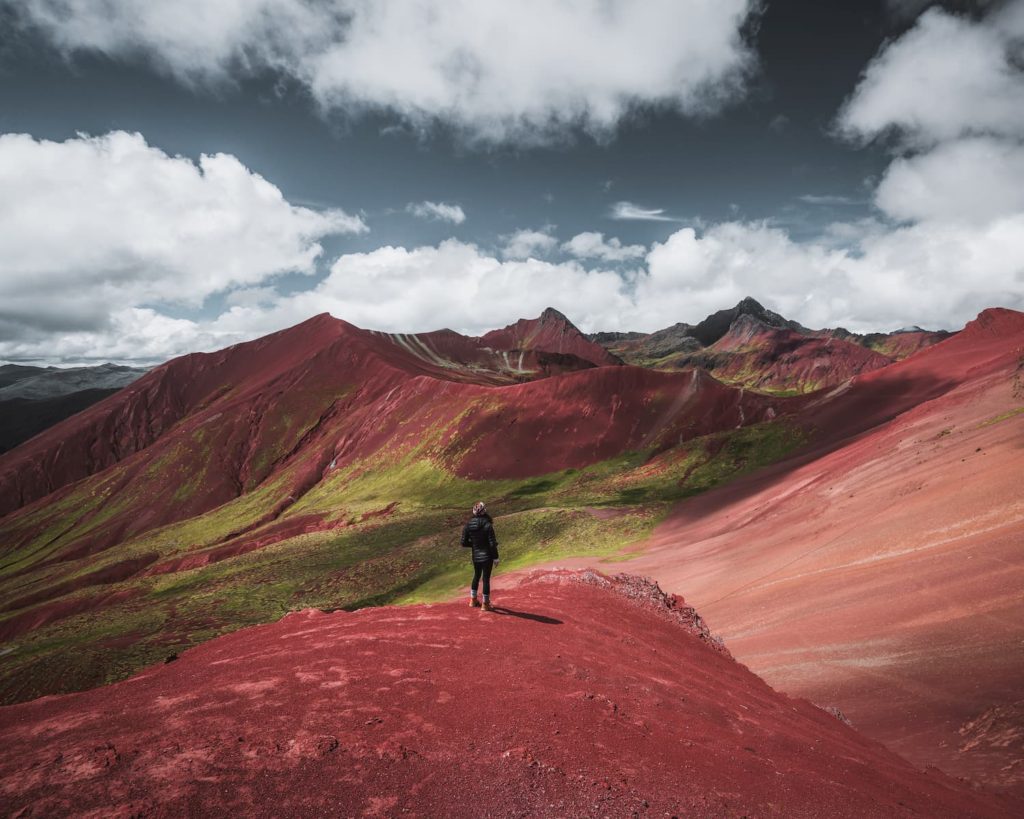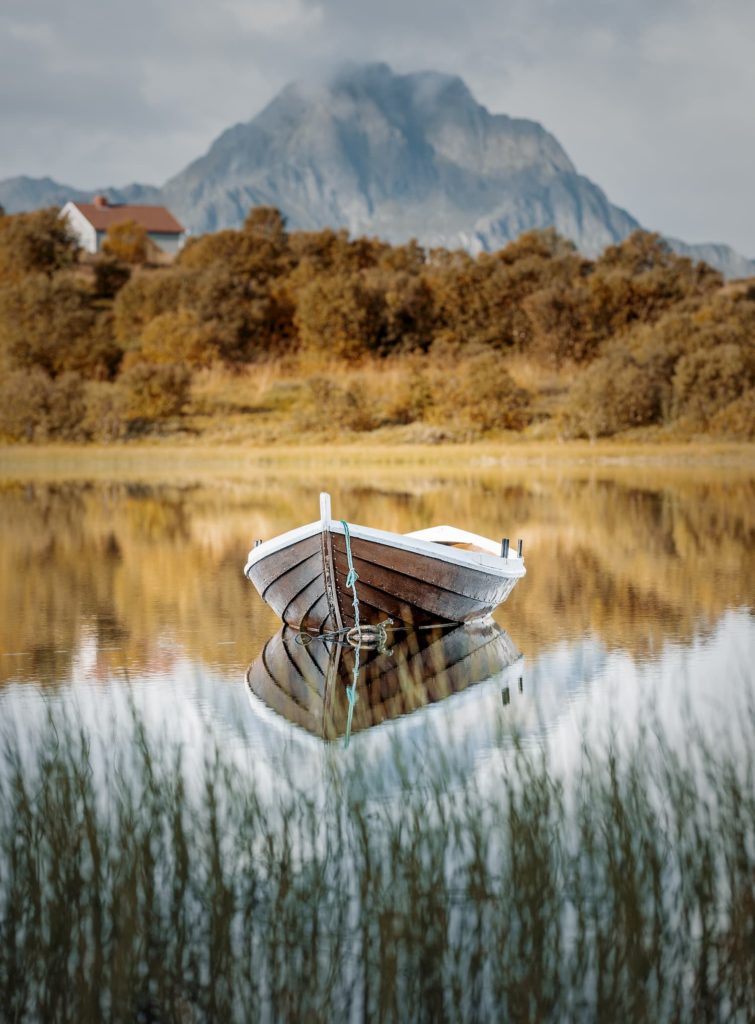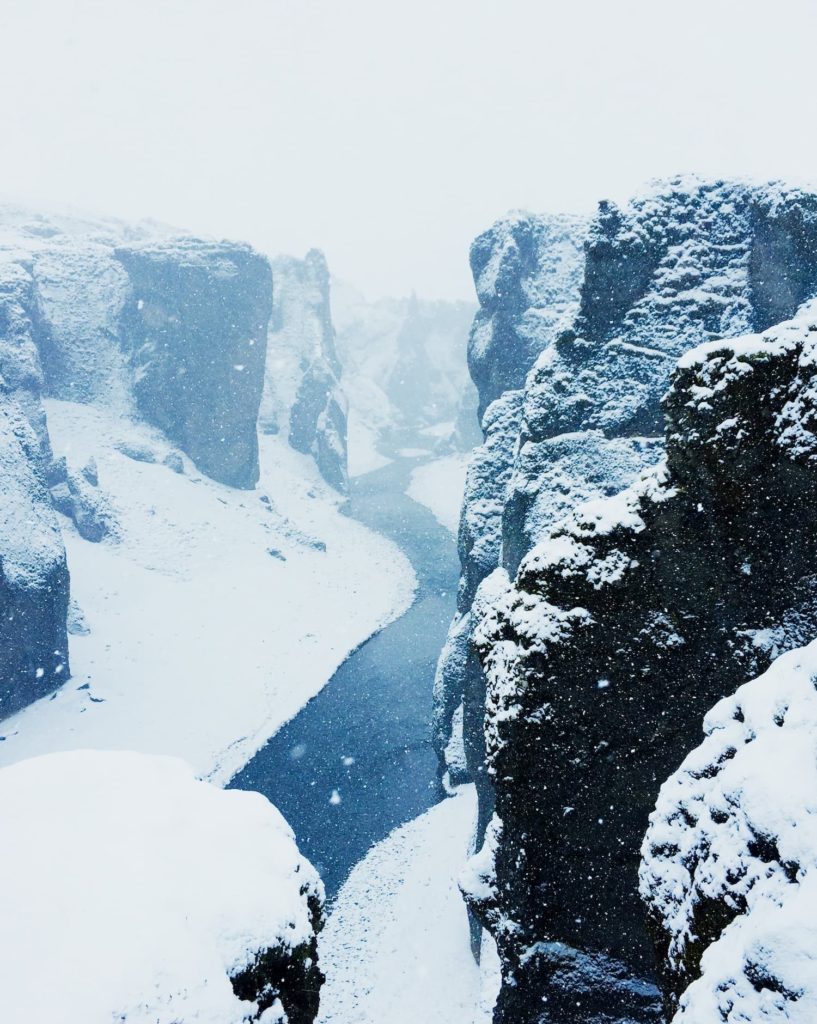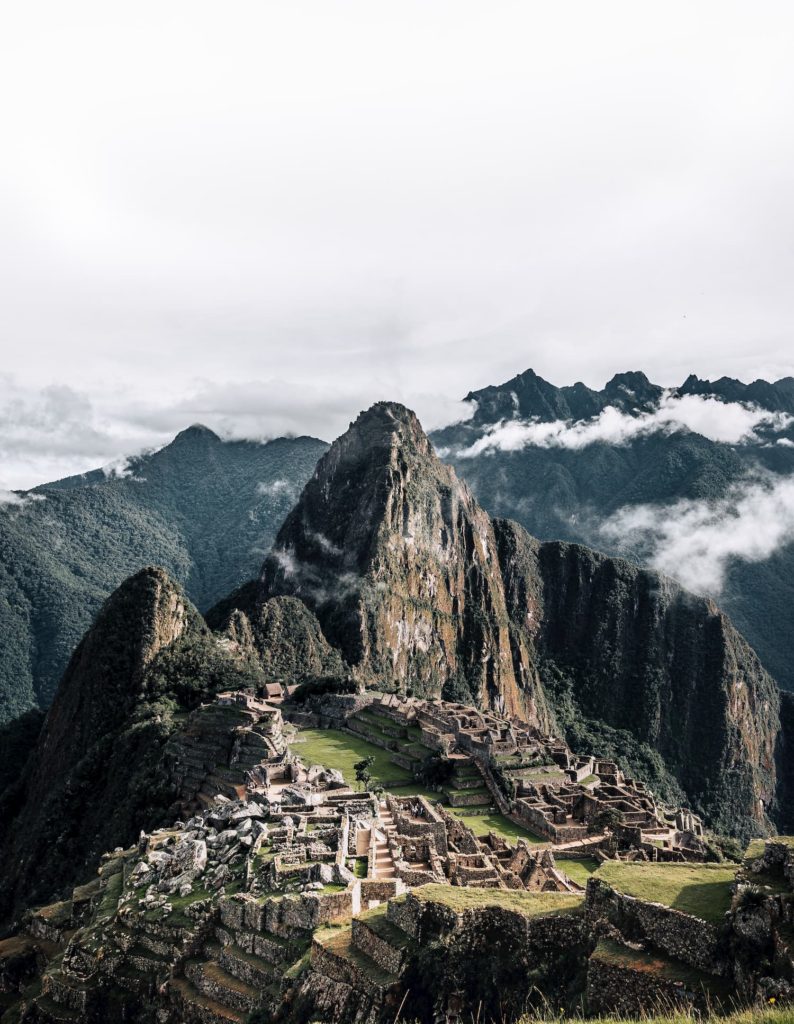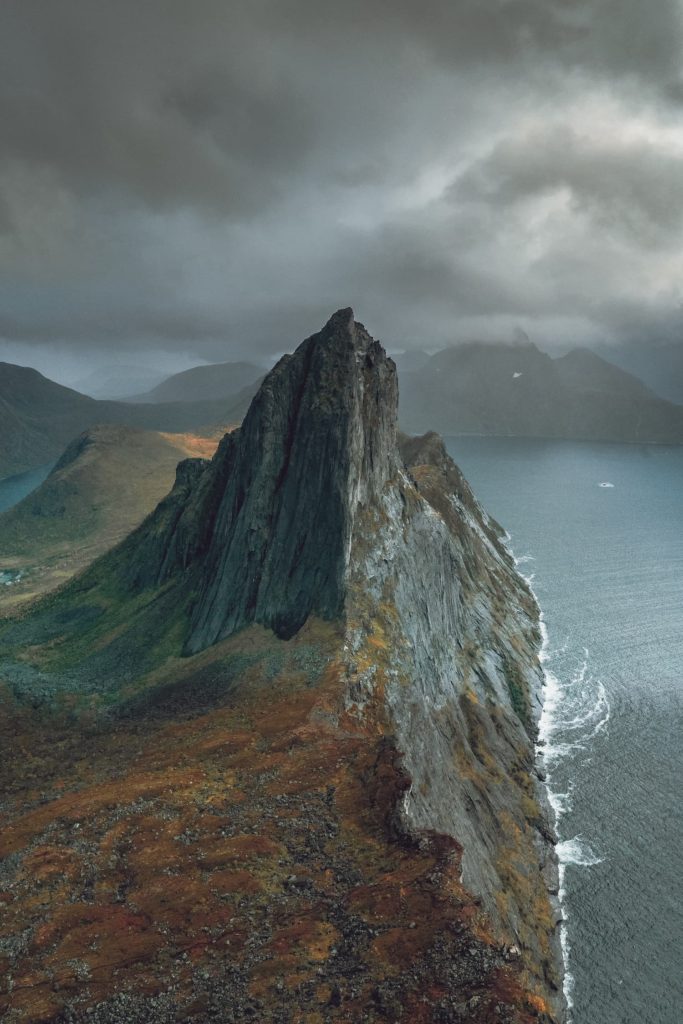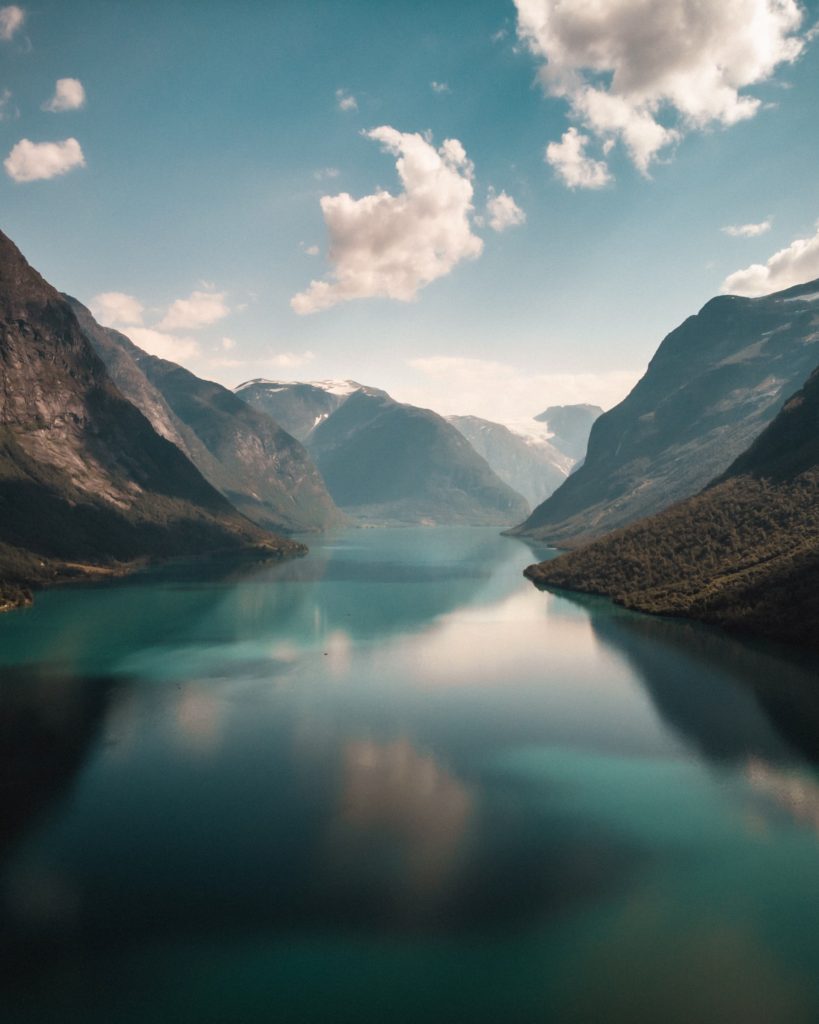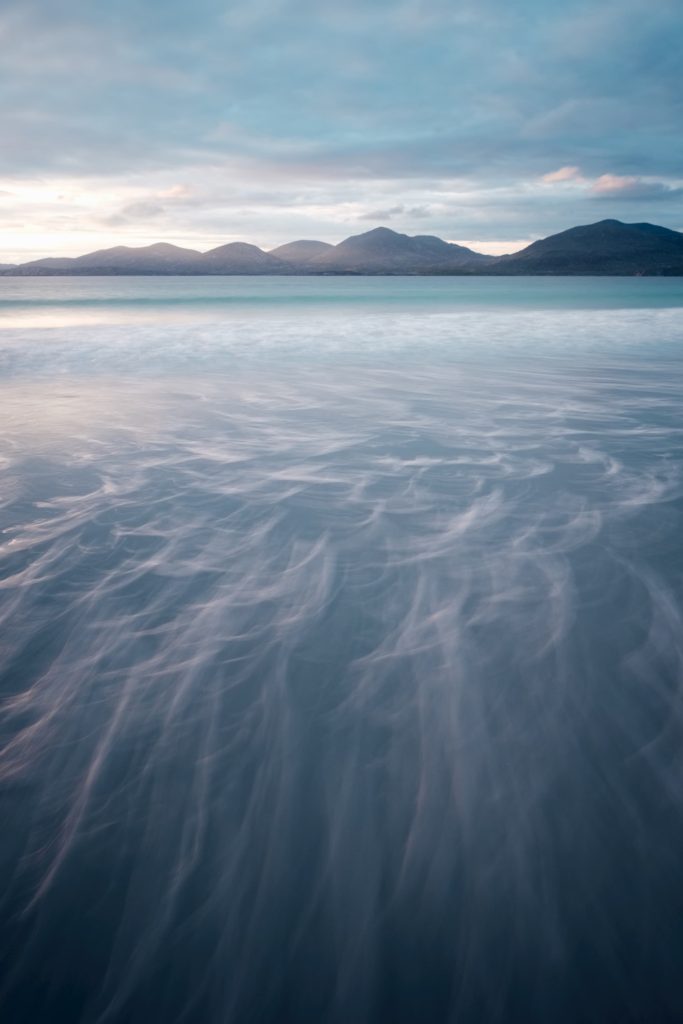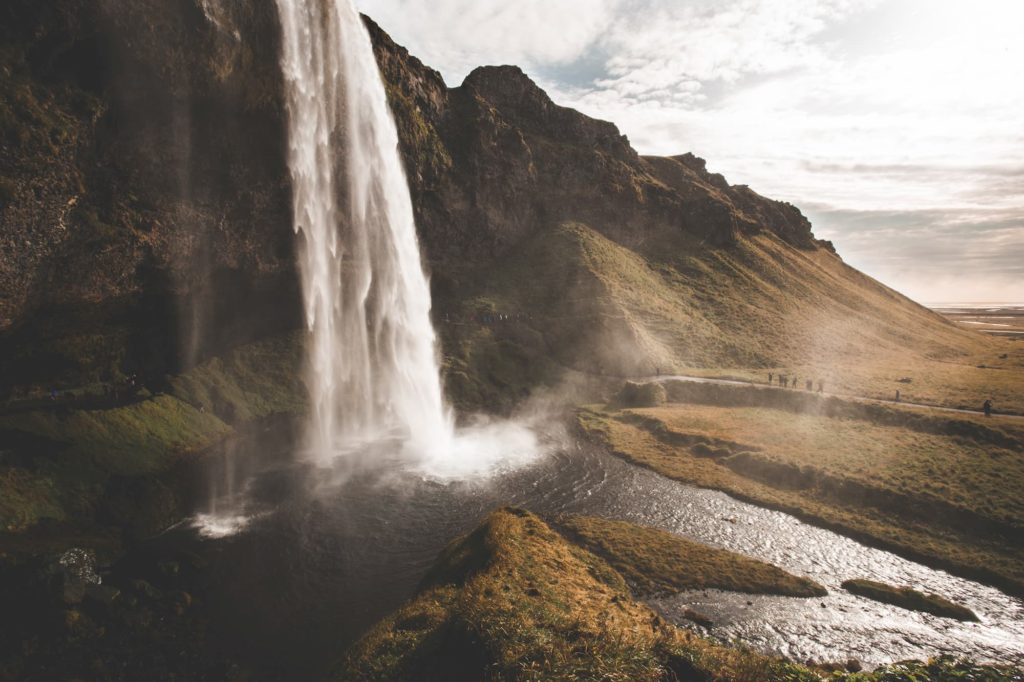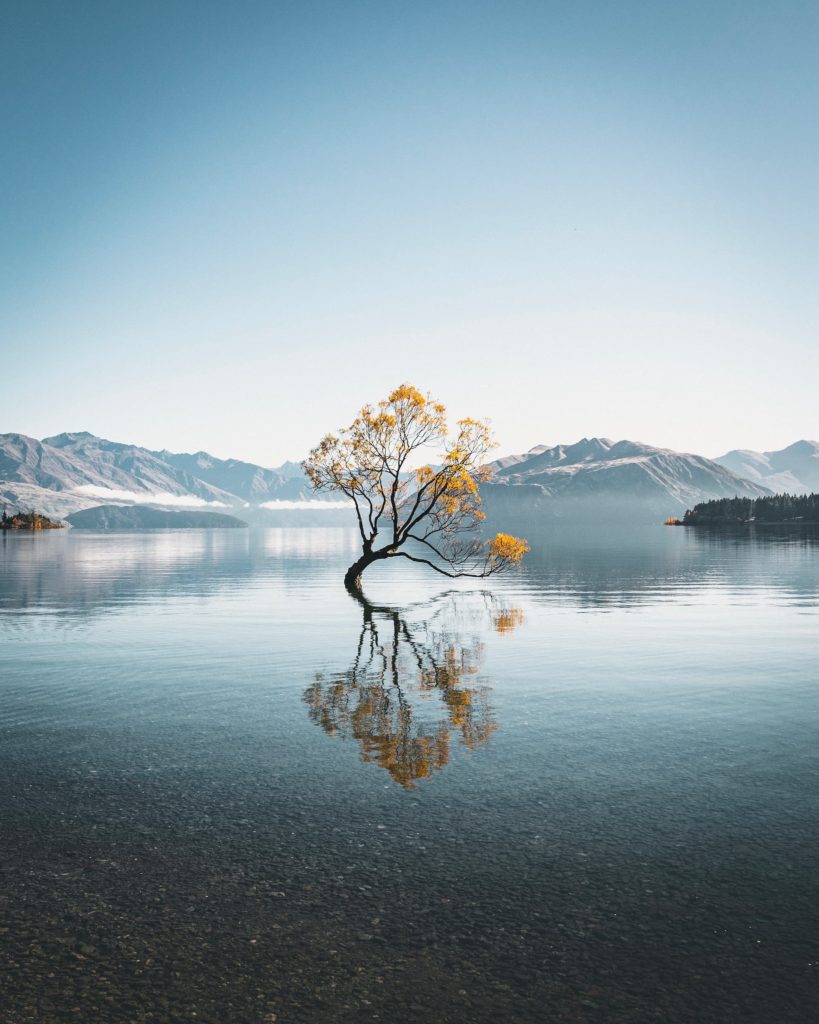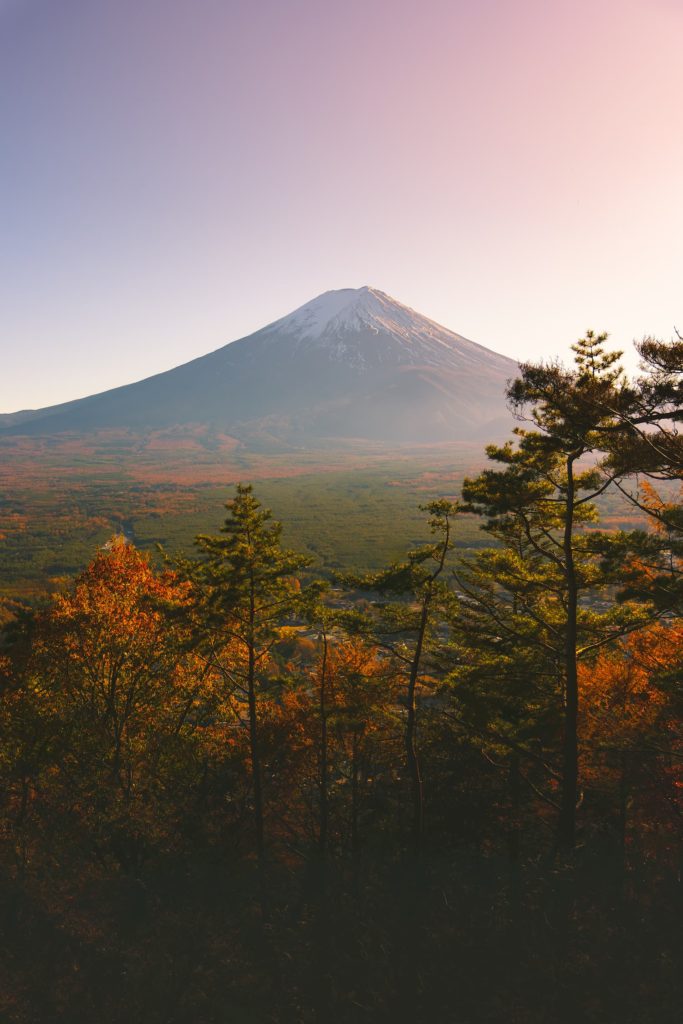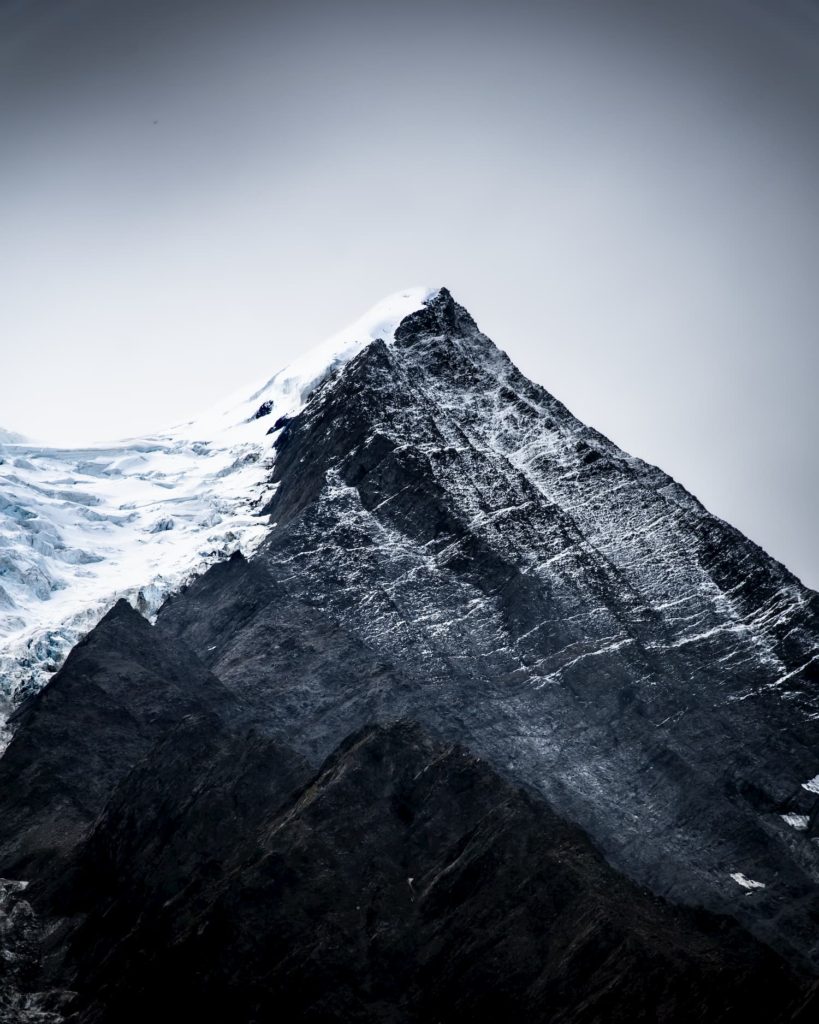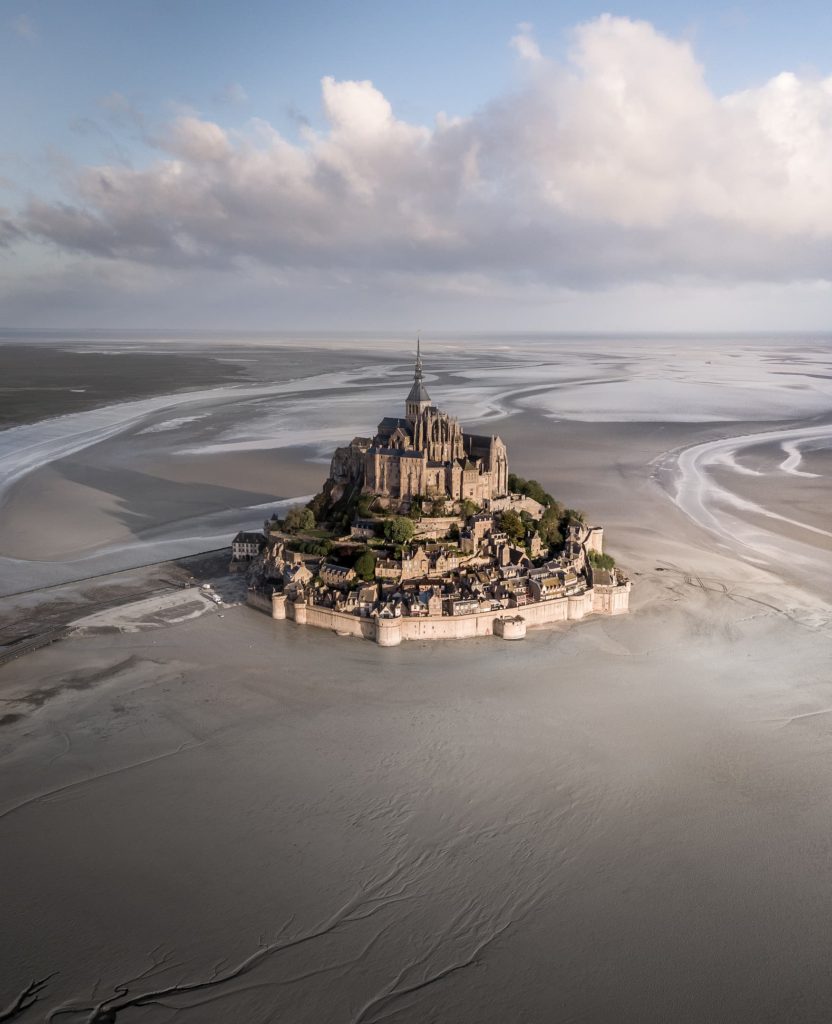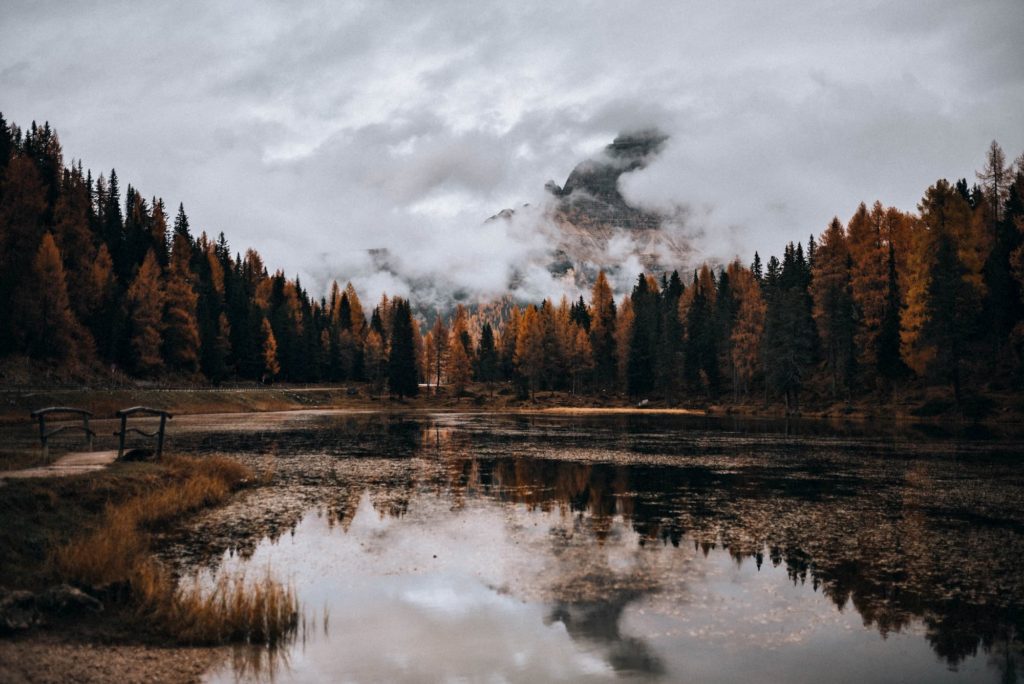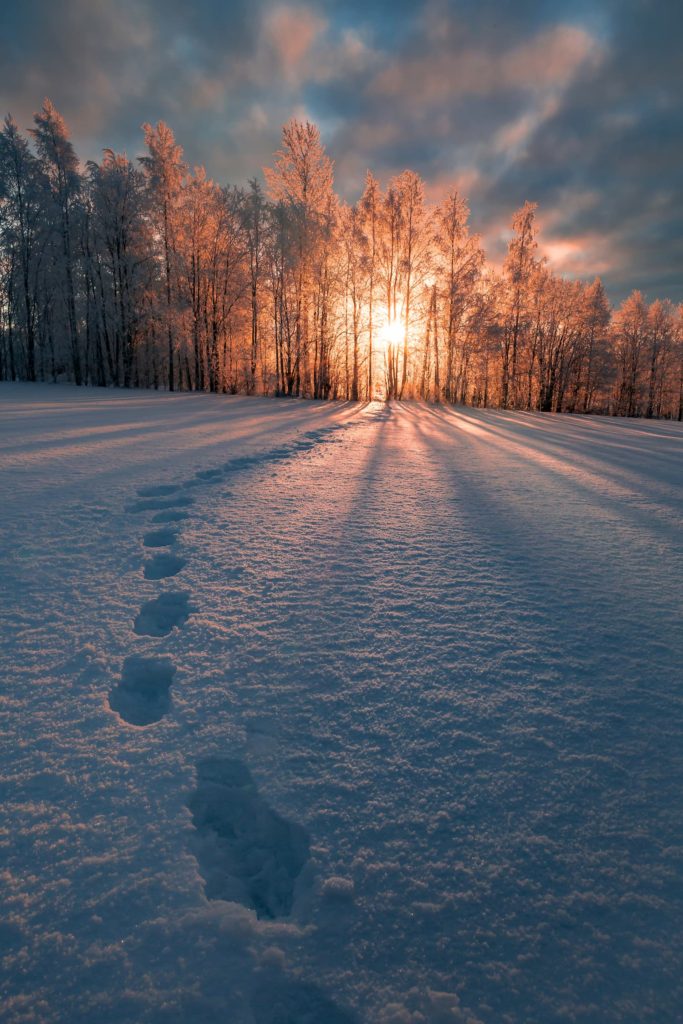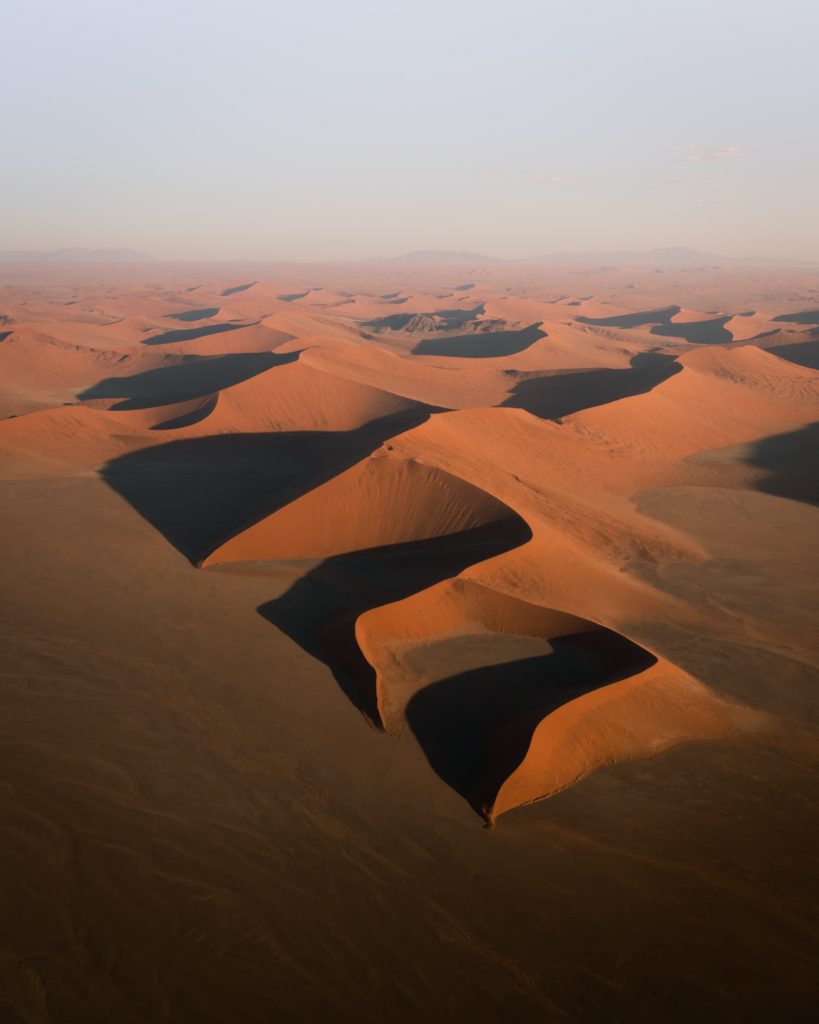
Sebastian Leonhardt
@icarium.imagery
Landscape photographer based in Germany
When I was six years old, I was spending the summer at my grandparent’s house. One rainy afternoon, characterized by boredom, I set out to explore the dusty attic when I suddenly found a long-forgotten Praktika film camera. The rain pounded the slate roof while I sat down and ran my fingers over the smooth metal surface of the camera. This is how it should have happened, but it didn’t. In the 1980ies, the Iron Curtain stood firmly shut. The dreary grey structures of Communist East Germany were mirrored in a certain greyness of mind.
I did not grow up as an artist. The days of my youth passed by and turned into days of early adulthood. I moved to Berlin to study at the University and lost myself in post-school stupor. Lifetime slowly and steadily passed by.
"Then I woke up, and the fog clouding my mind suddenly lifted: It was time for a dramatic change."
"Leo Tolstoy wrote that there are only two good stories: 1) a man goes on a journey or 2) a stranger comes to town. For me, it was the former."
I set out on a trip which would fundamentally shift my paradigms. As an adolescent, I had devoured the Indiana Jones novels which came out in the late 80s and early 90s, opening to me a world of endless wonder and adventure. Another strong (and admittedly curious) influence was LucasArt’s graphic adventure Zak McKracken and the Alien Mindbenders. The main character Zak travels around the world to collect parts for a device to protect humankind from the 60 Hz hum of an alien “Mind Bending Machine”, designed to drain the intelligence of every person on Earth.
"The playing of this game implemented into my subconscious the strong desire to travel to all the places listed on the in-game ticketing machine."
"I have never succeeded to save humankind from collective stupidity. Nevertheless, I went on a journey and started my own adventures."
In October 2005, I boarded a flight to Lima to spend three months working and learning in Peru and Bolivia. Being alone in a country far away from home, communicating in a language I did not know before, and living amidst an alien culture taught me a lot about life.
"A lost child became a man in making."
One thing I felt was missing during this transformative journey was a means to document and store my experiences. Thus, I asked my new-found friends for a camera. What I received was a digital pocket camera, one of the types that were popular in the early 2000s before the advent of smartphones. Horrible picture quality, shining date stamp on every image, you know it. But I started snapping pictures, and I liked doing it.
The first thing I did after returning home was to order a – what I thought at that time – proper camera in the form of the Panasonic DMC-FZ30. It even featured a 12x optical zoom range. But it did the job. The next thing was to plan my next travel, which would eventually lead me on a five weeks backpacking tour through Venezuela. A country that blew me away with its beauty. The funny thing was that I started operating my new camera in fully manual mode since the Panasonic had a digital viewfinder which I considered to be the most fantastic thing. Any turn of the dials would transform and shape the scene, and it happened all under my command.
During my early years of travel, photography had been more of a tool to document my experiences. I never felt any real emotional connection to the camera or the action of taking pictures, simply enjoying the act of travelling too much to care about the art of photography. As I bought my first DSLR, I even went back to shooting in automatic program-mode so wasn’t really honing my skills. I collected my images in the now discontinued Picasa software, hitting the “auto” button to improve their look instantly. It was simple, and it felt great.
"As the years passed by, my focus slowly but surely shifted from simple gathering of experiences to actual creation."
One day I realized that since I was regularly photographing, it would be worth it to do it well. And I started learning. Since I am a fast learner, my photography improved by miles in the blink of an eye. The trick was to go out and shoot with intention. What you focus on changes, as with many things in life. Now I was concerned with owning suitable gear, using a tripod to slow down my shooting and composition, applying filters to modify scene lighting and shutter speeds. I became more aware about the three essential elements of photography, composition, light and storytelling.
"Life slowly changed, and so did the mode of travelling."
The month-long journeys of my youth made place for shorter trips with the family or as some extra days added to business trips. Time became the major limiting factor for the pursuit of my aspirations and therefore the main obstacle for developing the photographer within me. You cannot just rush out and take a good photograph, especially not in the genre of landscape photography. Meticulous planning and available hours to be early on the scene are essential ingredients. It just does not work if there is only a two-hour window between finishing your business meetings and the call for dinner. In these cases, it is usually better not to go out and shoot because it would cause stress rather than joy.
"Landscape photography can be extremely relaxing and rewarding."
As a landscape photographer, you are one of the few who experience the rising sun with awareness. An average person would never get up at 3 am to ascent a mountain in the dark and cold of the early morning and experience the sun rising above the distant peaks. This is when you feel alive. This is the moment when the past and future cease to exist. The rush of passing time condenses to a slow awakening and shifting of light.
In 2018, my brother and I decided to step out of the rush of work and family life and set out on a journey to Bhutan together with renowned Scottish landscape photographer Colin Prior, whom we both revere as a master of the genre. He spent the best part of his life photographing the Scottish Highlands, creating a body of work which is both magnificent and compelling in its scope. As I was a stray child who did his share of hideous HDR manipulation when it was all the rage in the late 2000s, the raw power of his unedited imagery struck me profoundly and changed the way I approach and edit my work.
"In the age of digitally enhanced imagery with bright colours and contrast, I found it rewarding to take a step back and examine what photography is about at its core."
From time to time, I go through the pages of National Geographic magazines published in the 1970ies. And every time I am struck by the raw power of the imagery and the immediacy of the visuals. When I spotted an advertisement for the Minolta XD-7, I just had to buy one. Together with the Minolta MD Rokkor 50mm F/1.4 prime lens, it makes a compact and versatile travel set. The full manual operation of the camera hones your abilities to understand the available light on the scene and to quickly and precisely adjust the focal plane, a skill especially useful when trying to shoot your kids in play-mode.
"Today, I am mainly shooting on Fujifilm APS-C cameras (X-T3) due to their increased portability over clunky full-frame cameras."
Fuji has a feature called “film simulations” which provide unique readouts of colour and contrast in-camera and are a lot of fun to play around on site while looking through the electronic viewfinder – adjusting the colours close to your vision of the final image. Lately, these film aesthetics have been something I look for in editing my digital images. Where the image calls for it, I also do not shy away from more extreme colour grades which have the power to transform the mood of a scene completely.
"Colour plays a vital role for me, and I spent a lot of time thinking about creating colour harmony."
Nobody knows what the future holds. Even after having travelled to more than 80 countries in the world, I still feel passion for the journey, although the euphoria has dulled over time like in a good marriage. My intentions for the future are to travel with full awareness to off-the-beaten-track places, to expand my knowledge on foreign lands and cultures, and to create coherent bodies of photographic work.
During my backpacking days, the saying went: “If you want to travel off-the-beaten-track, just buy a Lonely Planet and avoid the places mentioned there.” Today, it should probably say: “The path untrodden starts five miles from the nearest Instagram hotspot.” The latter was maybe my most important realization. People travel to Seljalandsfoss, snap a picture, put it up on Social Media and call it storytelling. I don’t agree with that. A story is created by a coherent sequence of images which create their impact by interdependence.
"A little girl itself does not make a story. But place a red hood on her head and put her into the forest - now there is a tale to be found. And that’s what I want to achieve."
Would you like content like this sent to your inbox?
MUST READ STORIES OF MAY
MUST READ STORIES OF APRIL
MUST READ STORIES OF MARCH
MUST READ STORIES OF FEBRUARY
MUST READ STORIES OF JANUARY
NOMADICT
ART GALLERY
THE LATEST STORIES
WRITEN WITH PASSION TO INSPIRE YOU

Miroslav Maršík (@miromarsik): Photographer based in Czech Republic
In this article, Miro shares how his love for cinematic music evolved into a deep passion for photography and how he uses light, color, and atmosphere to turn the streets of Prague into living film scenes.

Aurora photography panorama workflow: A guide to camera settings, editing, and color
In this article, Stefanie reveals how her background in physics sparked her passion for astrophotography and how she blends science with creativity to capture the beauty of the night sky. Readers will discover her approach to color, contrast, and editing, as well as her aurora photography workflow.

Yhabril (@yhabril): Best of the Week 33 at #nomadict
Spanish photographer Yhabril captures the profound connection between humans and the mountains that shaped him. Growing up in the Pyrenees, his work bridges outdoor sports, landscapes, and celestial scenes — often blending athletes, moonlight, and wilderness into striking visual stories.

Ariane Totzke (@besondersschwierig): Photographer based in Switzerland
In this article, Ariane shares how photography helped her navigate personal challenges, connect authentically with people and animals, and develop a philosophy rooted in empathy and artistic freedom. Readers will also discover her ethical approach to wildlife photography and her trusted equipment for both camouflage techniques and cameras.

How to photograph Dutch tulip fields: A guide to light, gear, composition, and colors
Discover how to photograph Dutch tulip fields in their most magical light. From choosing the right gear and lenses to mastering composition, color, and aerial perspectives, this guide shares creative techniques to capture the beauty of the Netherlands’ tulips. Learn how light, color grading, and proportion bring emotion into every frame.
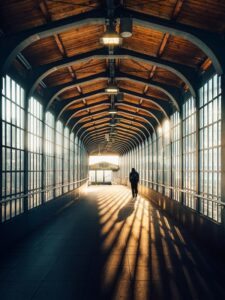
Cinematic city photography: An essential 6-step workflow
In this article, you’ll learn how to read and use light in your home city, choose the right technical settings for low-light scenes, and refine your editing workflow to shape color and atmosphere step by step. In addition, Dominik shares how to find fresh perspectives on familiar locations, five lessons that transformed his photography, and insights on the future of street photography.

Kyle van Bavel (@kylevanbavel): Photographer based in the Netherlands
Kyle van Bavel is a macro photographer with a distinctive, dreamy style that transforms the unseen details of nature into magical worlds. In this article, he shares how his unique vision, shaped by a journey of self-learning and overcoming dyslexia, has become his greatest creative strength.

Inês Preto (@minespreto): Best of the week 20 at #nomadict 2025
Inês is a nature photographer drawn to wild, remote places where weather, wildlife, and mood shape her storytelling. In this article, she shares the behind-the-scenes journey of capturing the Best of the Week image: a puffin trio on the Faroe Islands. She explains how she approached the edit of this image, and shares key lessons she’s learned through experience.
